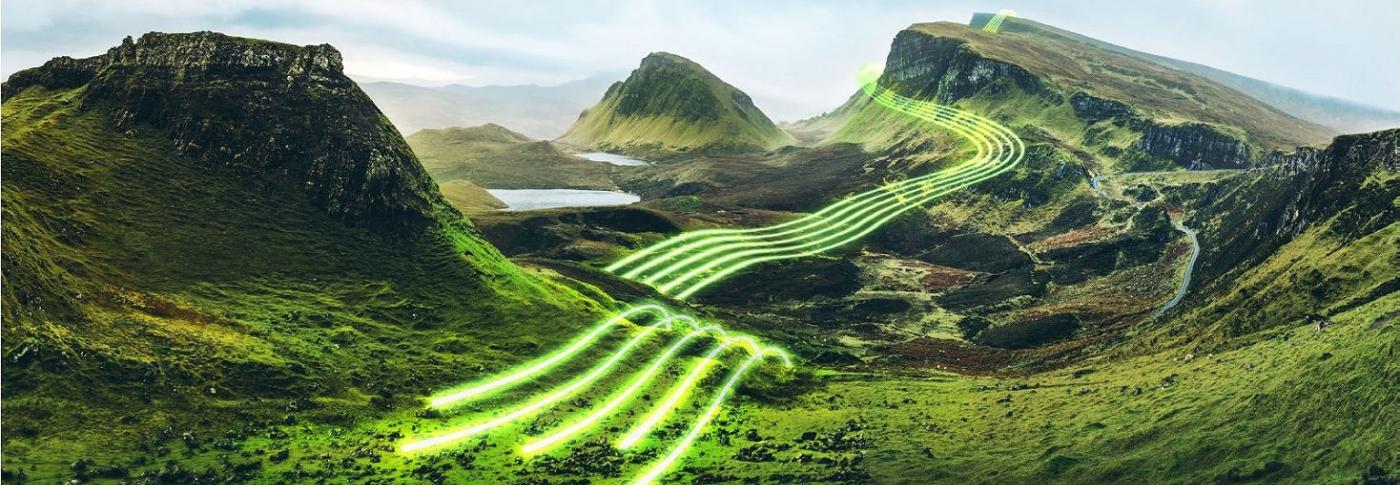We’re regulated by Ofgem. Here, you can find out about Ofgem’s regulatory framework, how it applies to us and how it affects our business planning.
Ofgem makes sure we’re delivering value for existing and future consumers while supporting the transition to a more decentralised and decarbonised electricity system. One of the ways Ofgem does this is by setting regulatory price controls – these detail the services we’ll provide and the amount we can recover from consumers for delivering them.
The services we provide and investment we need is informed by our own work and what our stakeholders think the Electricity System Operator (ESO) should deliver. Our business plans are then reviewed by Ofgem to determine our allowed revenue and how our performance will be evaluated.
Ofgem’s regulatory framework is known as RIIO (Revenue = Incentives + Innovation + Outputs).
The RIIO model offers energy companies incentives for securing investment and driving innovation, so they can develop sustainable energy networks and system operation services at the right cost for current and future consumers.
We have now published our final second Business Plan (BP2) for the RIIO-2 period: ‘Accelerating the transition to a flexible, low carbon energy system’. BP2 sets out our goals for years three and four of RIIO-2 (2023-2025) as we respond to the rapidly changing external environment. The plan includes five new activities and 16 new sub-activities to accelerate the transition to net zero.
Our mission is to drive the transformation to a fully decarbonised electricity system by 2035 which is reliable, affordable and fair for all. We believe that the activities outlined in our plan support this mission and deliver value for customers and consumers, delivering net benefits of around £2.8 billion.
At the end of November 2022, Ofgem released their BP2 Draft Determinations giving their initial view of, and position on, our business plan.
National Grid ESO (NGESO) is required, as part of its licence, to plan, develop and operate the National Electricity Transmission System (NETS) in accordance with the Security and Quality of Supply Standard (SQSS).
What is the SQSS?
The National Electricity Transmission System Security and Quality of Supply Standard (SQSS) sets out the criteria and methodologies for planning and operation of the National Electricity Transmission System (NETS).
What does the SQSS do?
At a high level, the SQSS operational criteria considers what the prevailing system conditions are, and specifies a range of secured events (or faults) that could occur on the network, and stipulates the conditions that NGESO should look to avoid in the event of such faults.
What does this mean in relation to the ESO?
The ESO must operate a safe, reliable and efficient network. With unforeseen events (for example, a lightning strike or generation loss) there is a balance to be achieved between holding lots of “back up” power, which is costly and ultimately has to be paid for by the consumer whilst maintaining reliability of supply and covering for risk.
The SQSS dictates the amount of “back up” power the ESO holds – this is currently for the largest infeed (generation) on the system at any time.
Who is responsible for the SQSS?
It’s a partnership between Ofgem and industry license holders, who are part of an SQSS Panel.
The SQSS Panel is made up of industry representatives covering the system operator, transmission owners, generation companies and distribution companies. Together they are responsible for keeping the standards under review and submitting any proposed changes to Ofgem for a decision.
How often does the SQSS Panel meet and review the standards?
They hold regular meetings and undertake regular risk analysis. Any issues identified are presented to Ofgem.
Are there any other codes NGESO must abide by?
NGESO is also required under its licence to comply with the Grid Code. The Grid Code is the technical code for connection and development of the NETS. It sets out the operating procedures and principles governing the relationship between NGESO and Users of the NETS, including Generators. As specified in our interim report, the Grid Code connection conditions stipulate certain requirements for frequency control and generation units in relation to frequency and voltage.
What happens when a new generator wants to connect to the transmission network? Are they covered by these codes?
They must also abide by the Grid Code. All generators must also undertake a mix of testing and certification which is run by NGESO.
You can find out more by visiting the Ofgem website.

Get involved with RIIO
We have worked with stakeholders from across the energy industry to develop our Business Plan. It’s our ambition to continue working in a transparent, co-creative manner with the wider industry as we deliver our RIIO-2 commitments and begin business planning for 2023 onwards.

